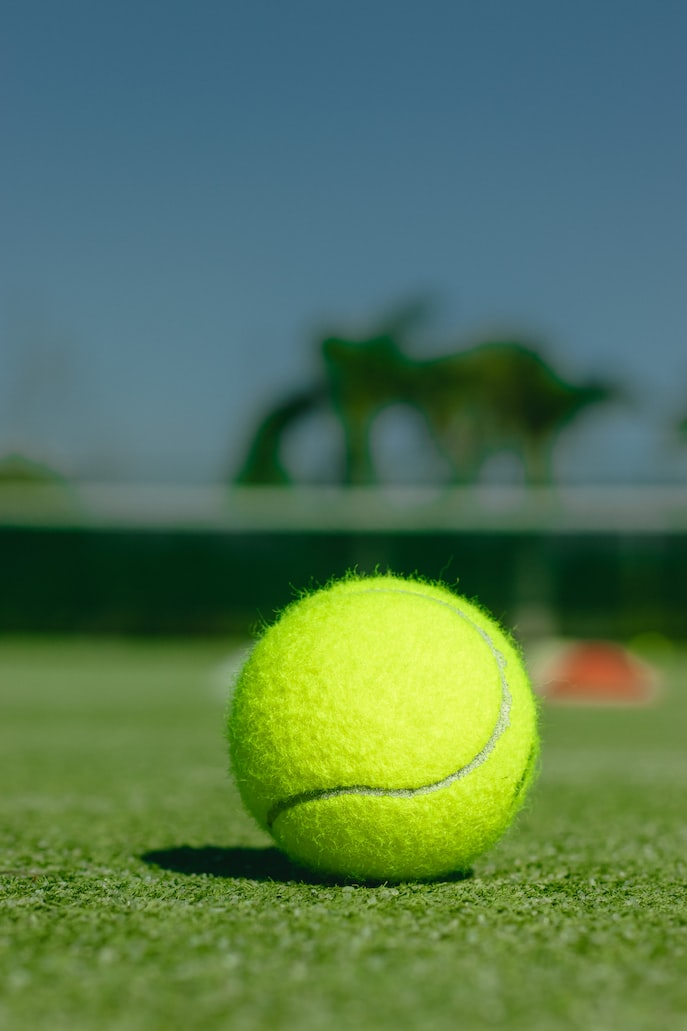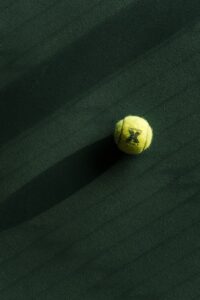The Science Behind Testing Padel Balls: How to Choose the Right One
3 min read
The Science Behind Testing Padel Balls: How to Choose the Right One
Are you ready to take your padel game to the next level? It’s time to talk about the unsung heroes that make all the difference in a match: padel balls. Choosing the right padel ball can greatly affect the outcome of your game. But with so many options out there, how do you know which one is the best for your playstyle? In this article, we will delve into the science behind testing padel balls and provide you with valuable tips on how to choose the perfect one for you.
Understanding the Basics: What Makes a Good Padel Ball?
Before we jump into the testing process, we need to establish what qualities you should look for in a padel ball. There are three main factors to consider:
1. Bounce
The bounce of a padel ball is crucial to the game. Too much or too little bounce can throw off your timing and negatively impact your performance. A good padel ball should have a consistent and predictable bounce, allowing for precise shots and tactical gameplay.
2. Durability
No one wants to constantly replace padel balls during a match. A durable ball will withstand the intensity of play and last longer, saving you time and money. Look for balls that are designed to resist wear and tear, ensuring a more consistent experience throughout each set.
3. Control
Having control over the ball is what sets great players apart. A ball that allows you to accurately control your shots will give you a significant advantage on the court. Make sure to choose a padel ball that offers enhanced control, enabling you to execute your desired shots with precision.
Testing Padels Balls: A Step-by-Step Guide
Now that we know what to look for in a padel ball, let’s dive into the testing process. Follow these steps to find the perfect ball:
Step 1: Gather a Variety of Balls
Start by gathering different brands and types of padel balls. It’s essential to have a diverse pool of options to compare and contrast their performance. Ensure that the balls are in good condition and have not been used extensively, as this may affect their bounce and durability.
Step 2: Establish a Testing Environment
Find a suitable padel court where you can conduct your tests. Make sure the conditions are consistent throughout your sessions, as external factors such as temperature and humidity can affect ball performance.
Step 3: Test the Bounce
Begin your testing by evaluating the bounce of each ball. Drop the ball from a consistent height at different spots on the court and observe how it reacts. Take note of any irregularities or differences in the height and predictability of the bounce.
Step 4: Assess Durability
To test the durability, rally with the different balls as you would in a standard match. Pay attention to any signs of wear and tear, such as splitting or loss of pressure. A ball that maintains its integrity and performance after extended use is a winner in terms of durability.
Step 5: Evaluate Control
Finally, assess the control offered by each ball. Focus on how easy it is to maneuver the ball during shots, including topspin, slices, and drop shots. A ball that allows for precise control over your shots will greatly enhance your performance on the court.
Step 6: Make Your Decision
After thoroughly testing each ball, it’s time to make your decision. Analyze the data you’ve collected, paying close attention to the bounce, durability, and control of each ball. Select the one that best aligns with your preferred playing style and offers the optimal performance you desire.
Final Thoughts
Choosing the right padel ball can make a world of difference in your game. By understanding the science behind testing padel balls, you can confidently select the perfect ball for your playstyle. Remember to prioritize bounce, durability, and control when making your decision. Now, armed with this knowledge, go out there and dominate the court with your new favorite padel ball!






